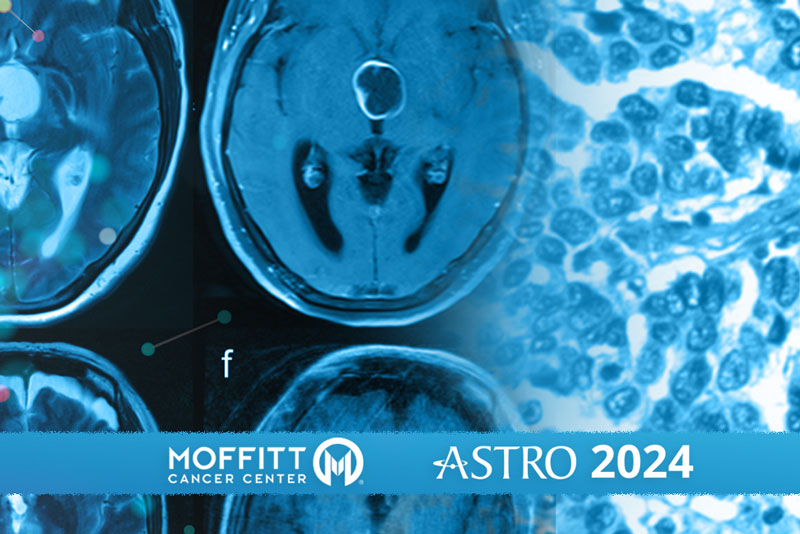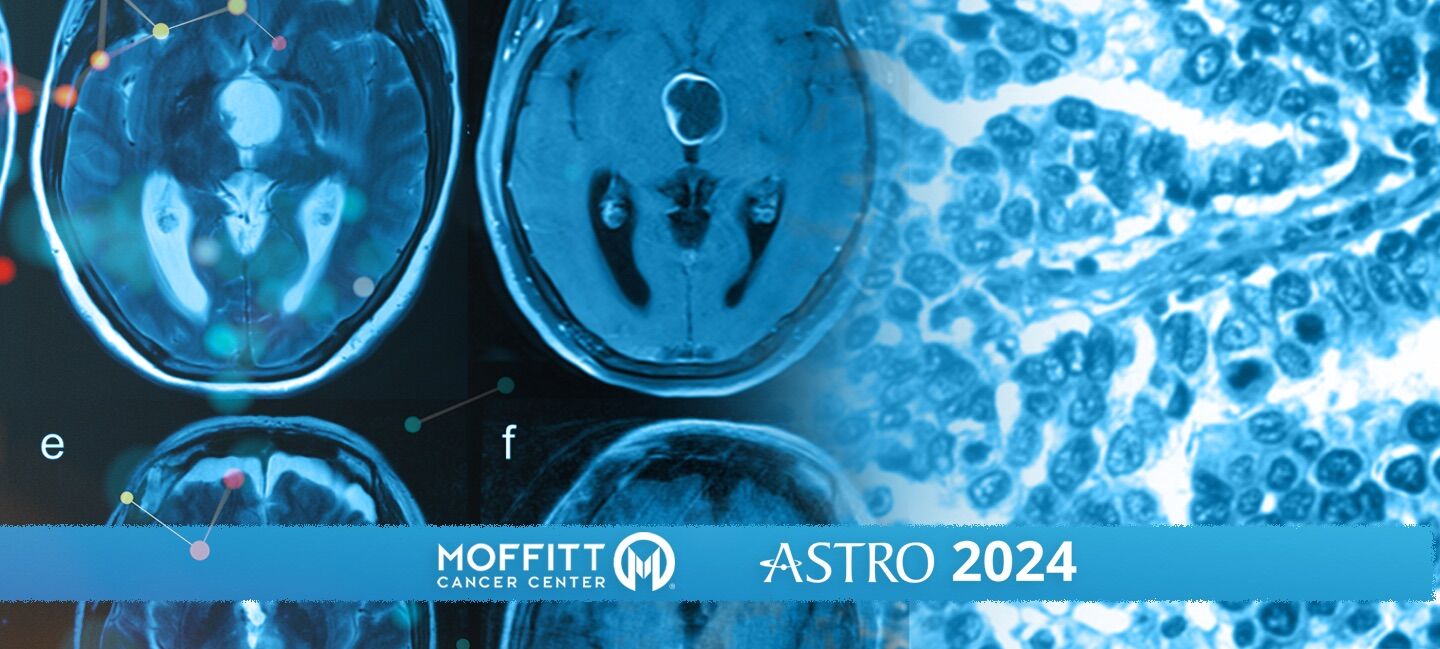Radiation Therapy Can Reduce Symptoms in Patients With Leptomeningeal Disease
Leptomeningeal disease occurs when cancer cells spread from the original tumor site to the meninges, the protective membranes that surround the brain and spinal cord. It occurs in 5% to 15% of solid tumor cancer patients and carries an abysmal prognosis of an average survival of three to four months.
Historically, radiation therapy has had a limited role in the treatment of leptomeningeal disease as irradiation of the entire central nervous system, known as craniospinal irradiation (CSI), has been extremely toxic due to organs along the spinal cord such as the oral cavity, esophagus, stomach, bowel, bladder and bone marrow receiving some of the radiation dose. This can result in severe side effects for patients such as mouth sores, inability to swallow, nausea, diarrhea and low blood counts.
Proton therapy, which will be available at Moffitt Cancer Center’s Speros FL campus in 2026, may offer an alternative radiotherapy option for treating leptomeningeal disease because its method of radiation delivery allows for no exit dose, providing little to no radiation to the organs along the spinal cord. However, because there are only 45 proton therapy facilities in the U.S. proton therapy isn’t accessible to all patients. Many times, patients with leptomeningeal disease may be too sick to travel.
Looking for another option, radiation oncologists at Moffitt investigated the use of intensity-modulated radiation therapy (IMRT) for CSI as a way to treat select patients with leptomeningeal disease. This technique uses a method of sophisticated shaping of the radiation beams, allowing for higher doses of radiation to be delivered to the tumor while minimizing damage to healthy surrounding tissue.

“The purpose of this treatment is to palliate patients’ symptoms because they can have some pretty terrible symptoms like very severe headaches, weakness and double vision,” said Emily Keit, MD, a radiation oncology resident at Moffitt. “Relieving these symptoms without also causing severe toxicity is impossible using more traditional craniospinal irradiation delivery methods.”
A retrospective analysis of 36 leptomeningeal disease patients who received IMRT-based craniospinal irradiation showed the treatment improved symptoms in 77% of patients. The patients reported improvements in symptoms such as headaches, back pain, imbalance, weakness and vision changes.
Average overall survival was seven months, which is longer than what is traditionally associated with leptomeningeal disease. None of the patients had any cancer recurrence within the central nervous system space within six months of receiving IMRT-based CSI.
Keit presented the data at the American Society for Radiation Oncology annual meeting. She says selecting the right patient who would benefit the most from IMRT is very important. That includes patients with disease mostly confined to the central nervous system and patients with a good performance status.




